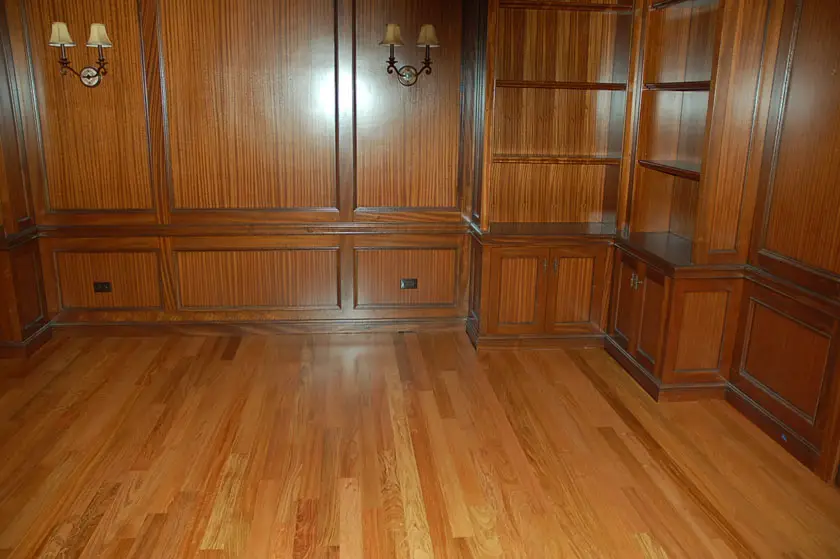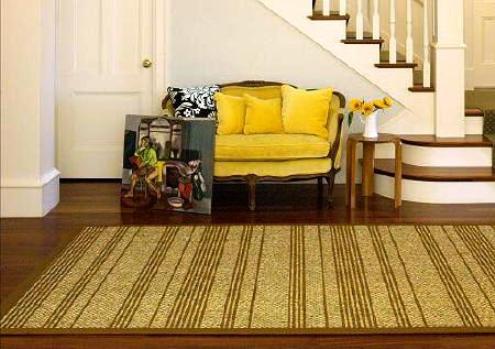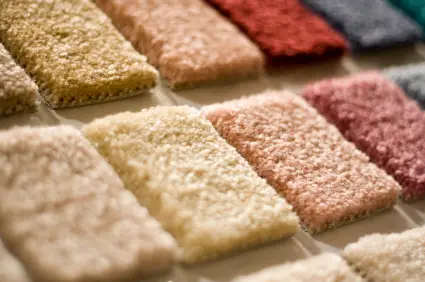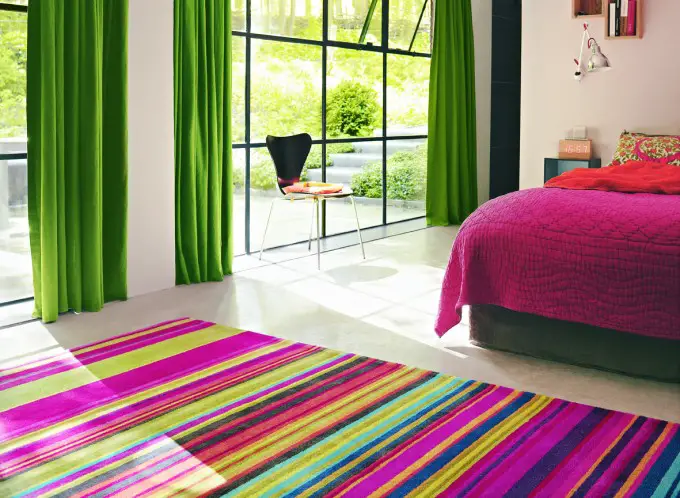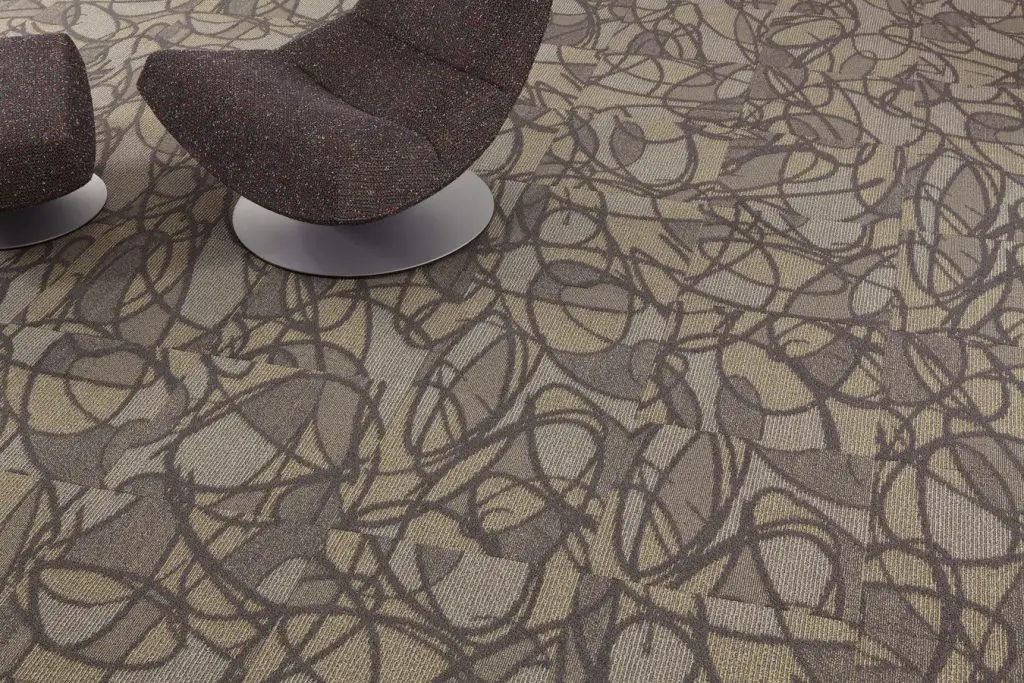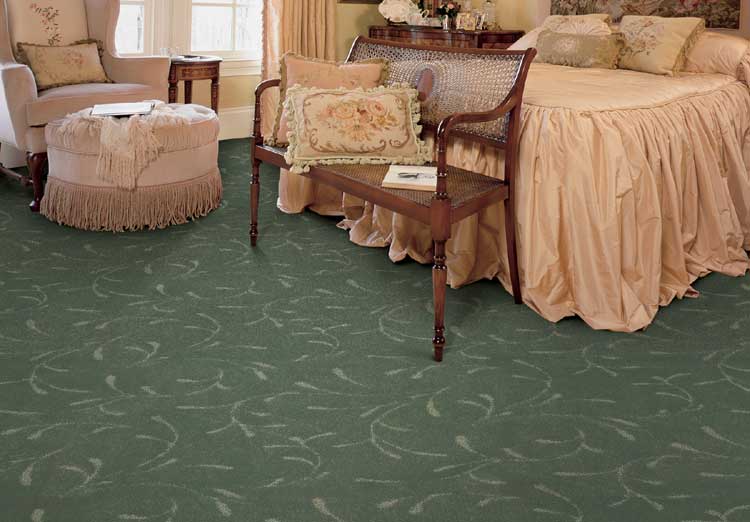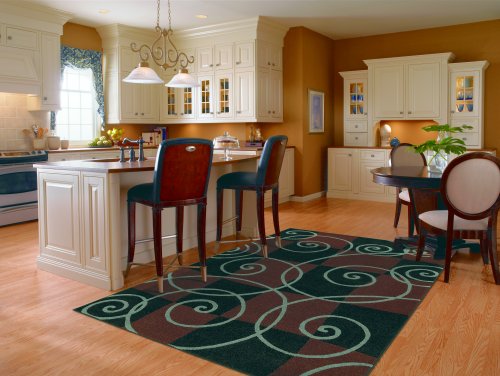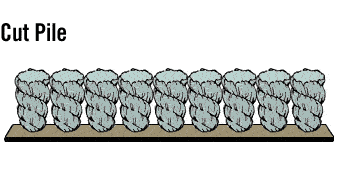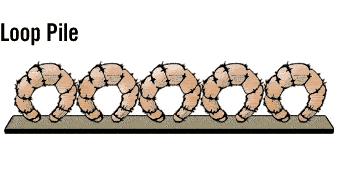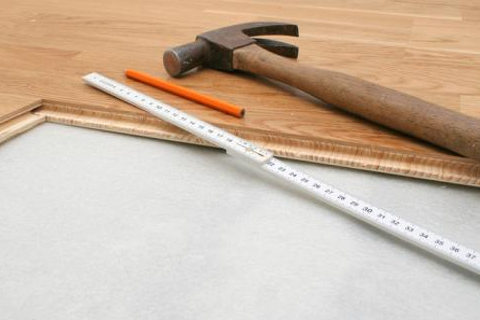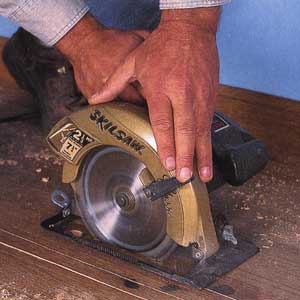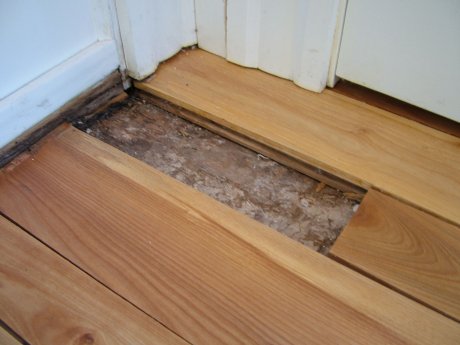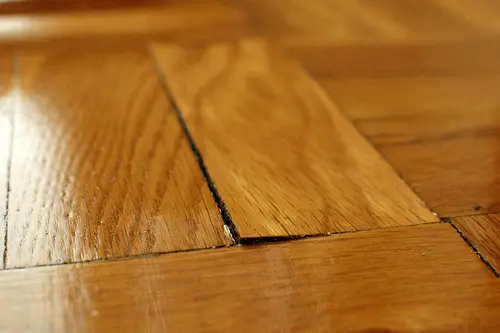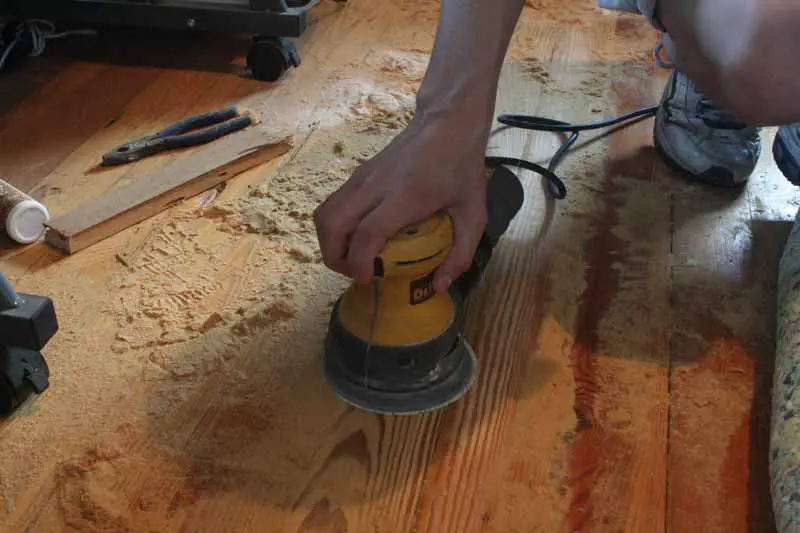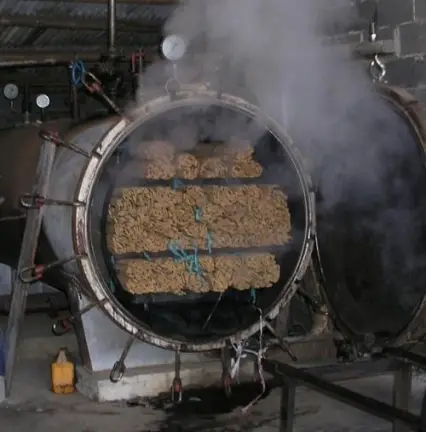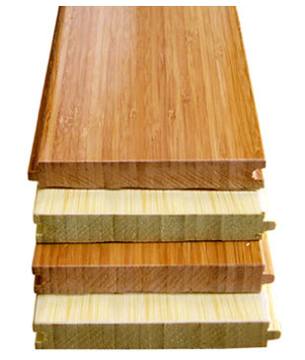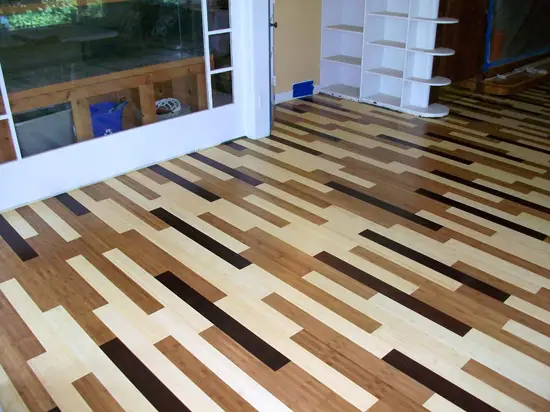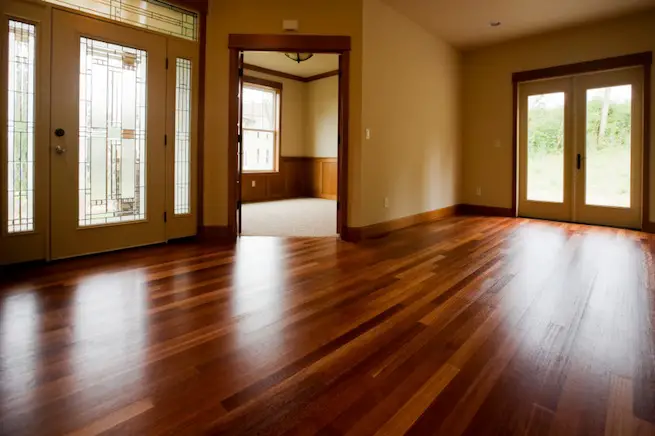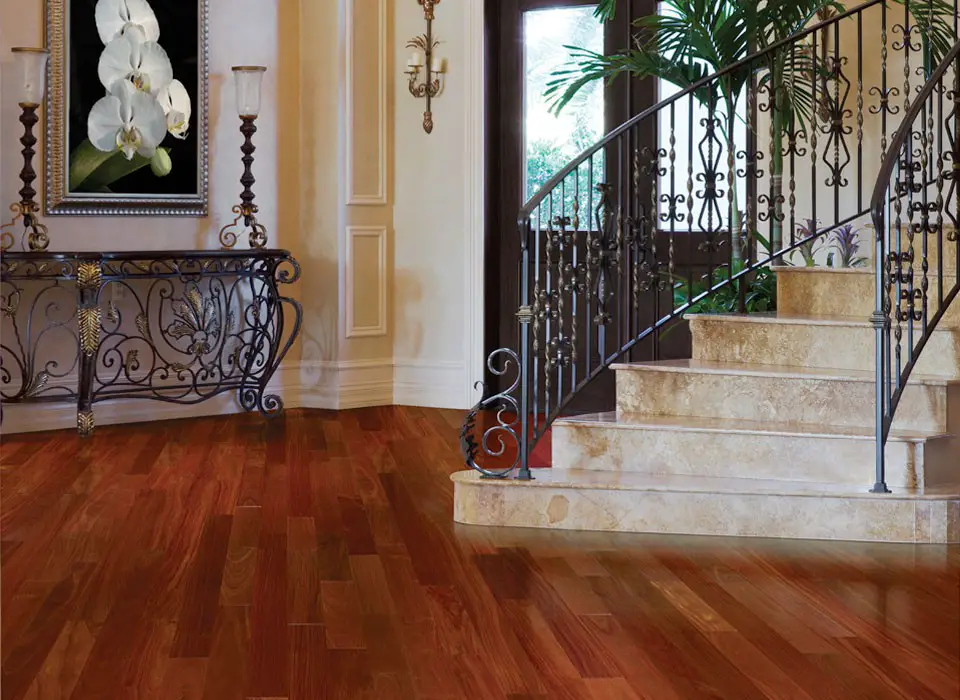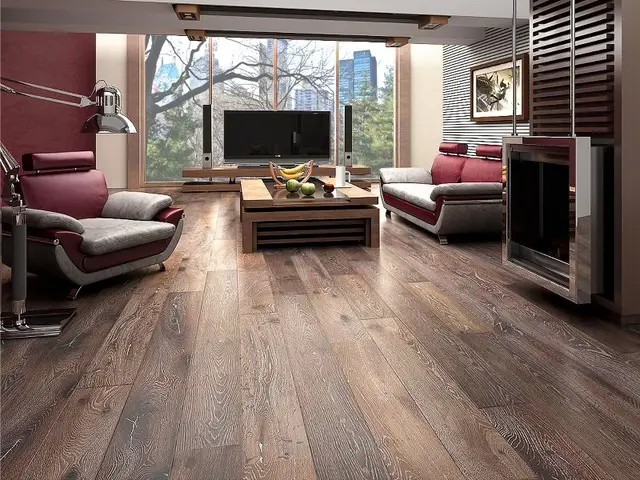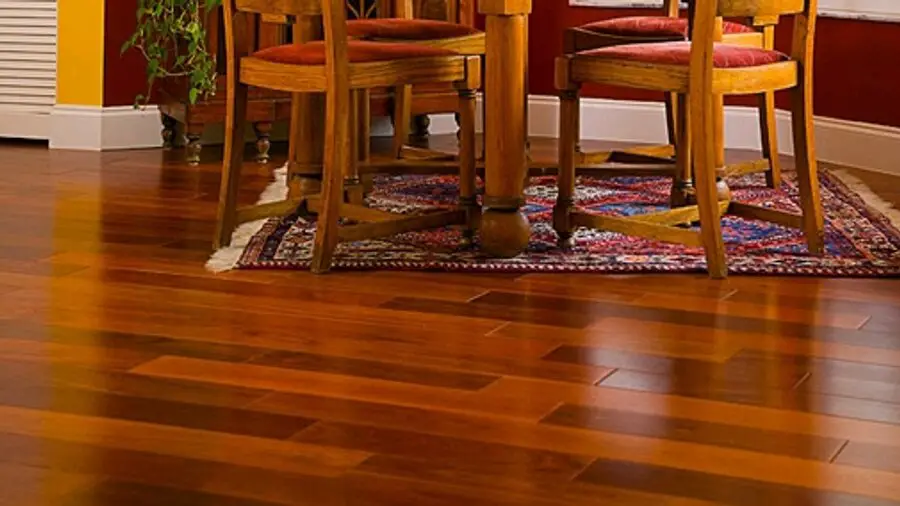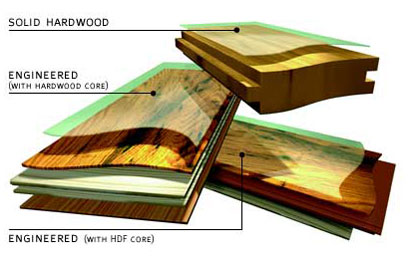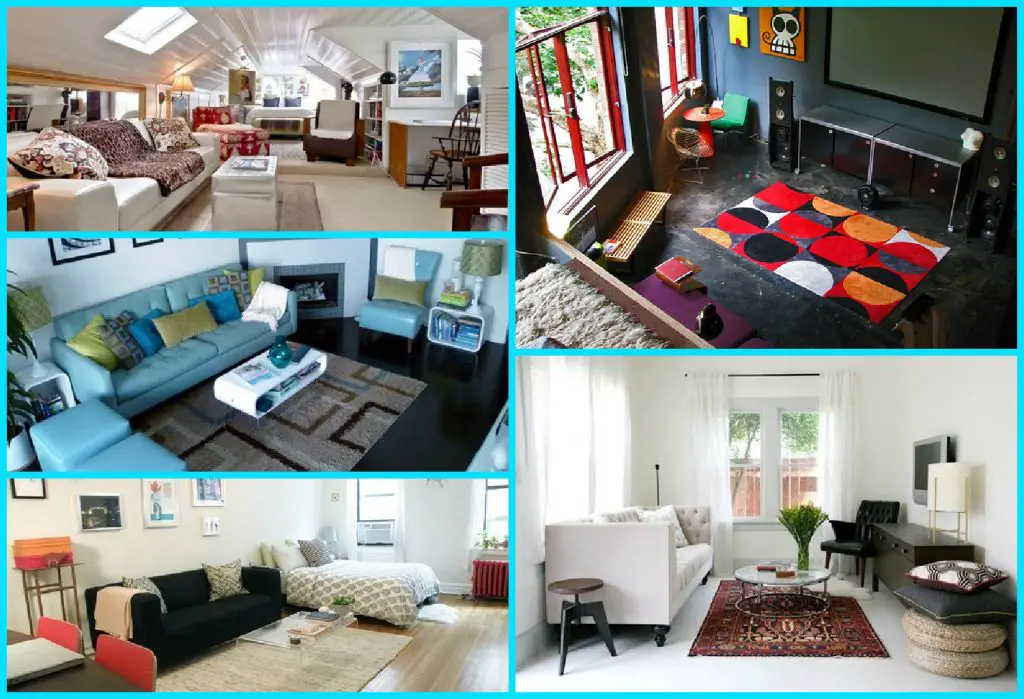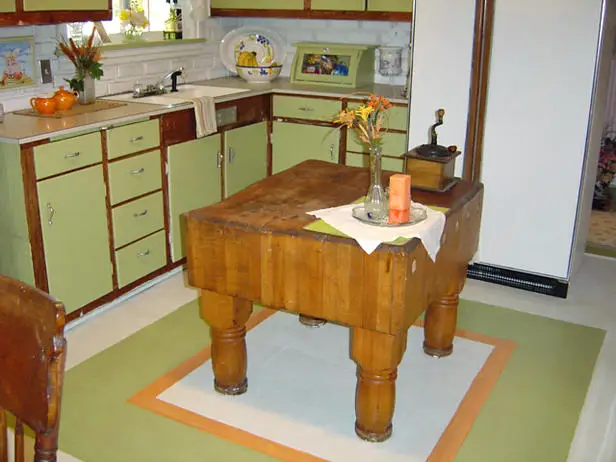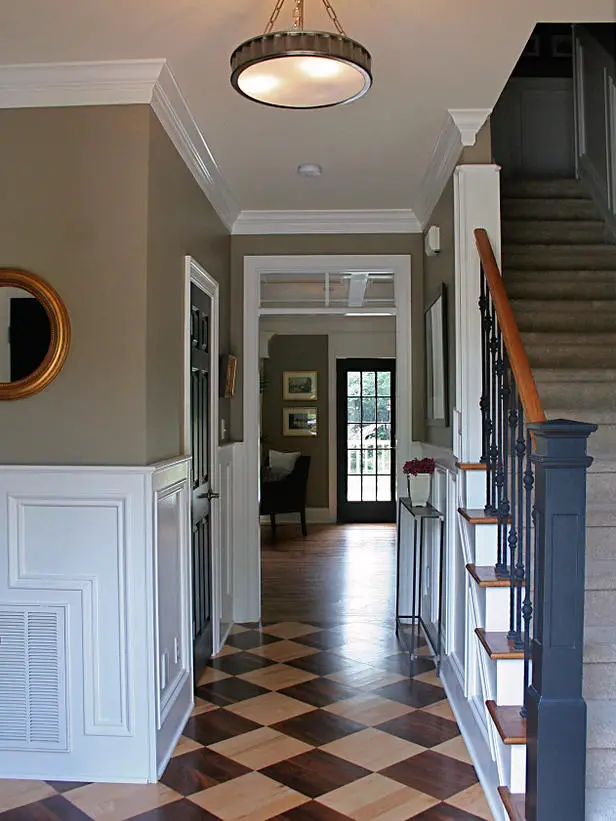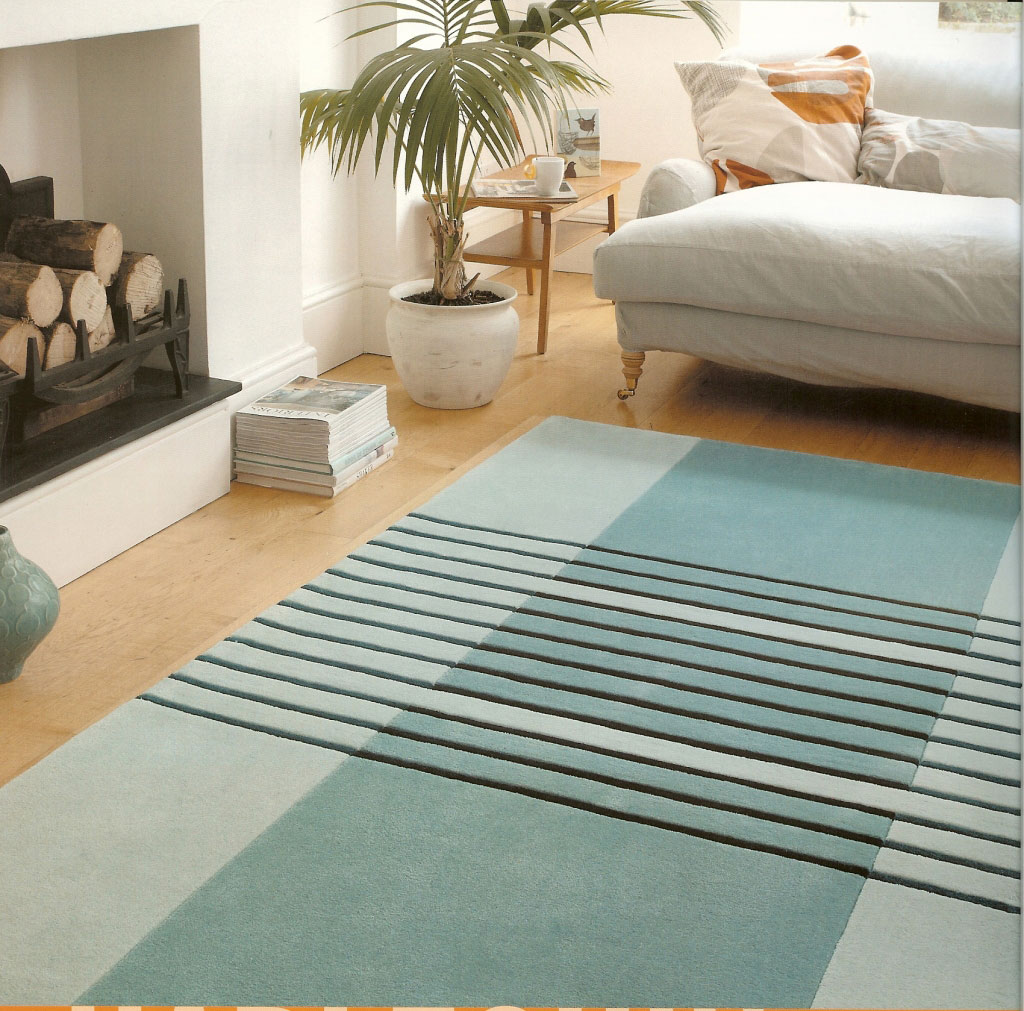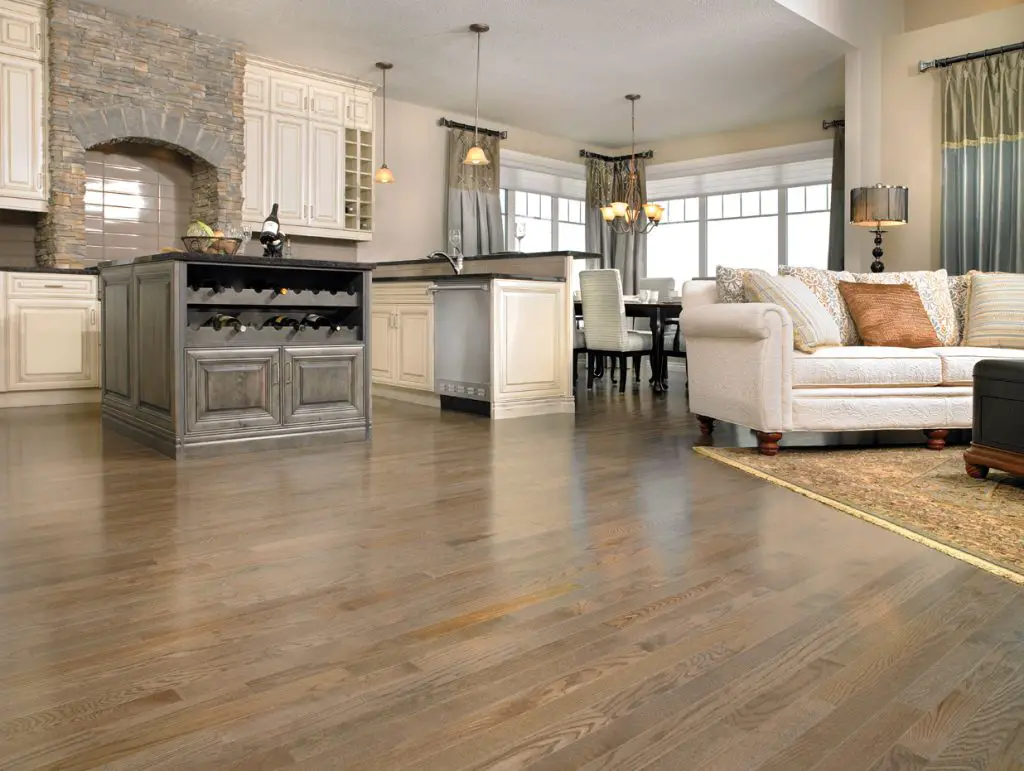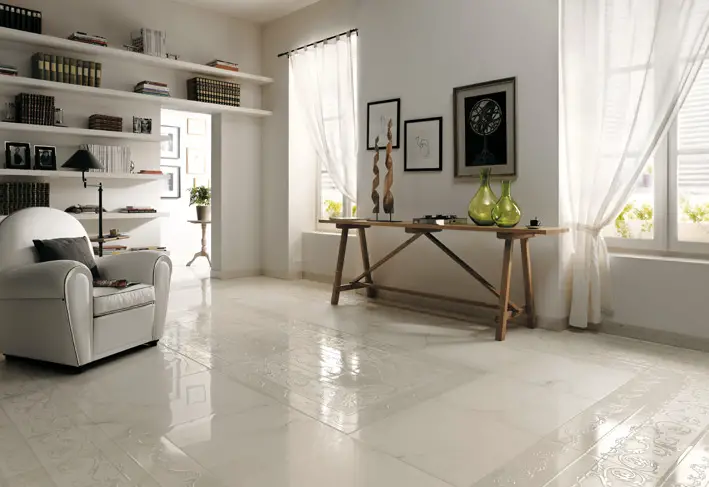Earlier, we gave you the best flooring choices for each room in your house. Today, we’d like to take a look at the advantages and disadvantages of each flooring solution so you can better understand how each can help you identify which ones will best meet your needs.
1. Laminate Flooring
Laminate flooring is a popular choice among DIYers and other home improvement enthusiast. There are a number of reasons why designers, decorators and home improvement have this on the top list of their favorite flooring choices: cost, design and durability are just some of a few.
Now, don’t be fooled. In terms of course, yes, laminate flooring can come in really cheap but this does not mean that it is indeed cheap. The price range for this type of flooring can go from 50 cents to $3 per square meter. In some cases, the best kinds of laminate flooring can even cost more than real hardwoods. Whether or not you are decided that this is indeed the best flooring that suits your needs, be sure to consider installation costs.
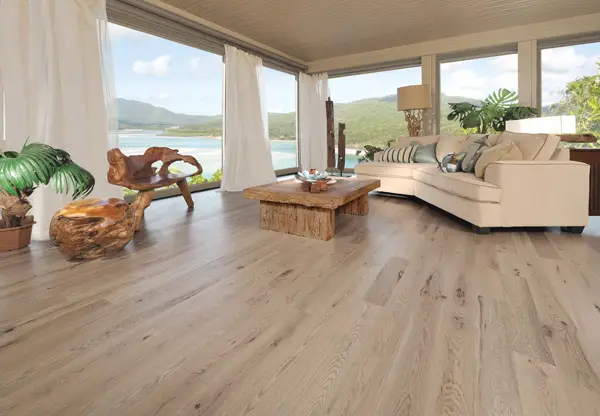
www.royaldesigncenter.com
Laminate flooring comes in a wide variety of shades and textures, some mimicking the actual feel and appearance of real hardwood or natural stone tile flooring without the common sensitivities of hardwood – like expanding and contracting when climate changes, being prone to scratch and low tolerance of water and moisture. It’s also not as cold and slippery as stone and tile flooring. Another advantage is that it is easier to clean laminate flooring and virtually needs to maintenance, unlike hardwoods that requires refinishing.
Downside: well, its not the real thing. No matter how much it looks like granite tiles, at the end of the day, laminate flooring will not add even a fraction of the cost having granite flooring does to a property. Since you will not be able to refinish it, when the laminate flooring begin to look like worn and old, well, you eventually have to replace it.
2. Vinyl and Linoleum Flooring
Vinyl and linoleum flooring are entirely different flooring solutions that fall into the same categories which sometimes leave people confused on which is which. Vinyl is sourced from synthetic materials while linoleum is made up of natural components. Both comes in sheets and are highly flexible and durable while vinyl flooring is also available in planks and tiles.
On the price scale, linoleum and vinyl flooring can go from somewhere between $1 to $5 per square feet and having it installed can cost a few hundred dollars more.
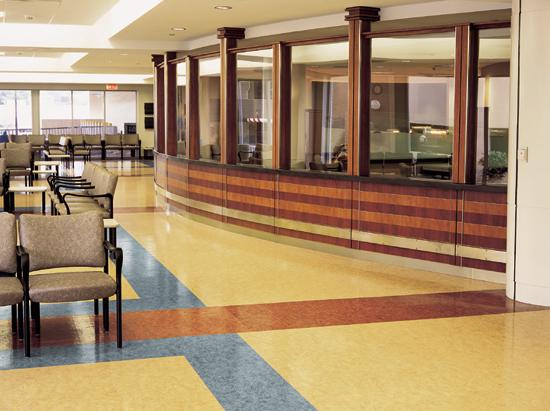
www.floordaily.net
Aside from the price advantage, vinyl is easy and comfortable underfoot. It requires no maintenance and can be made to tool like either wood or stone tiles. In general, vinyl is flexible and can very much tolerate water and moisture. Its polymer core also does not permit the growth of bacteria and microbes that causes allergies and infections. If you prefer something more environmentally sound, linoleum is a great contender. Its as durable a vinyl and also required very little maintenance. Just a once a year waxing to keep it shiny and buffed.
Looking like another flooring material really doesn’t add any monetary value to the property and some of these “look alikes” well, they don’t look and feel alike that much. Also be sure to check your brand and the quality of the vinyl flooring you are going to buy because there are some that tears and dents easily. As for linoleums, the most challenge shoppers and designers face is the limited designs.
3. Cork Flooring
Cork flooring has been around for a couple of decades. Resilient and quiet, it is prefered by those people who wants comfort and warmth. Each square feet of cork can go from $2 to $8 per square feet.
Cork is an excellent insulator and provides a very warm and comfortable feet under foot. It’s also great at muffling sounds and hypoallergenic which is why it is very ideal for families with small children. It is also the flooring of choice for the environmentally conscious since it is sourced from the bark of a cork oak tree which does not cause any harm on the tree when the raw materials are harvested.
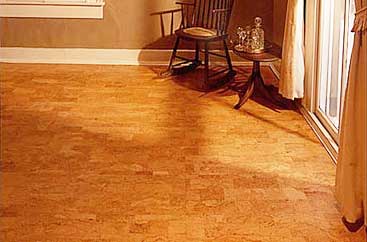
wallsfloorsandmore.net
Some disadvantages of using cork flooring is that unprotected constant exposure sunlight may cause fading. Also, since cork is made up of numerous air sacks, it has a tendency of retaining its shape over time. Having heavy equipment and furniture might leave marks on the surface. This sensitivity also makes it a not so good of a choice for homes with pets since their paws and claws can easily damage the cork flooring surface.
Read more about the advantages and disadvantages of other cork flooring solutions in our next post.
